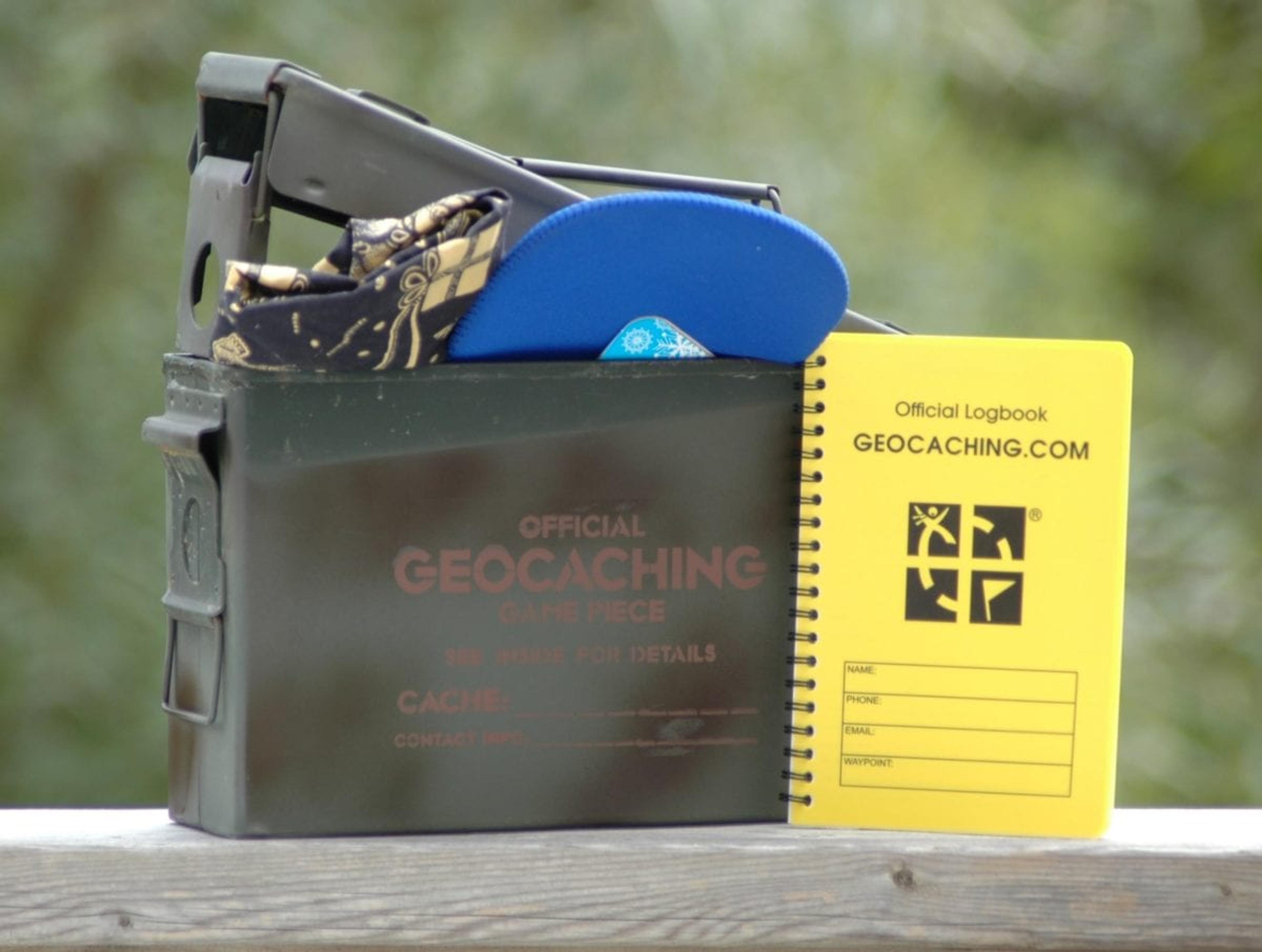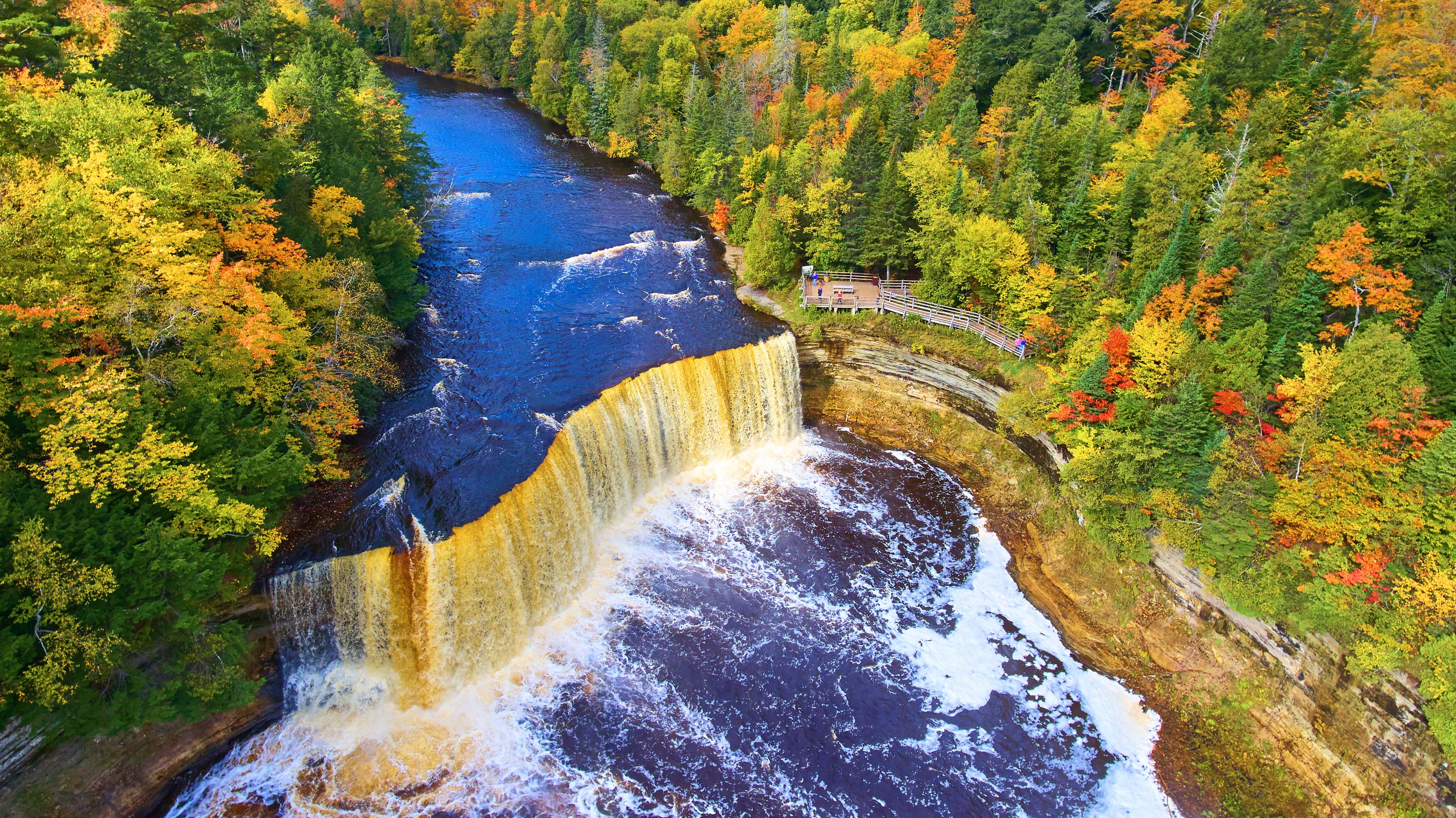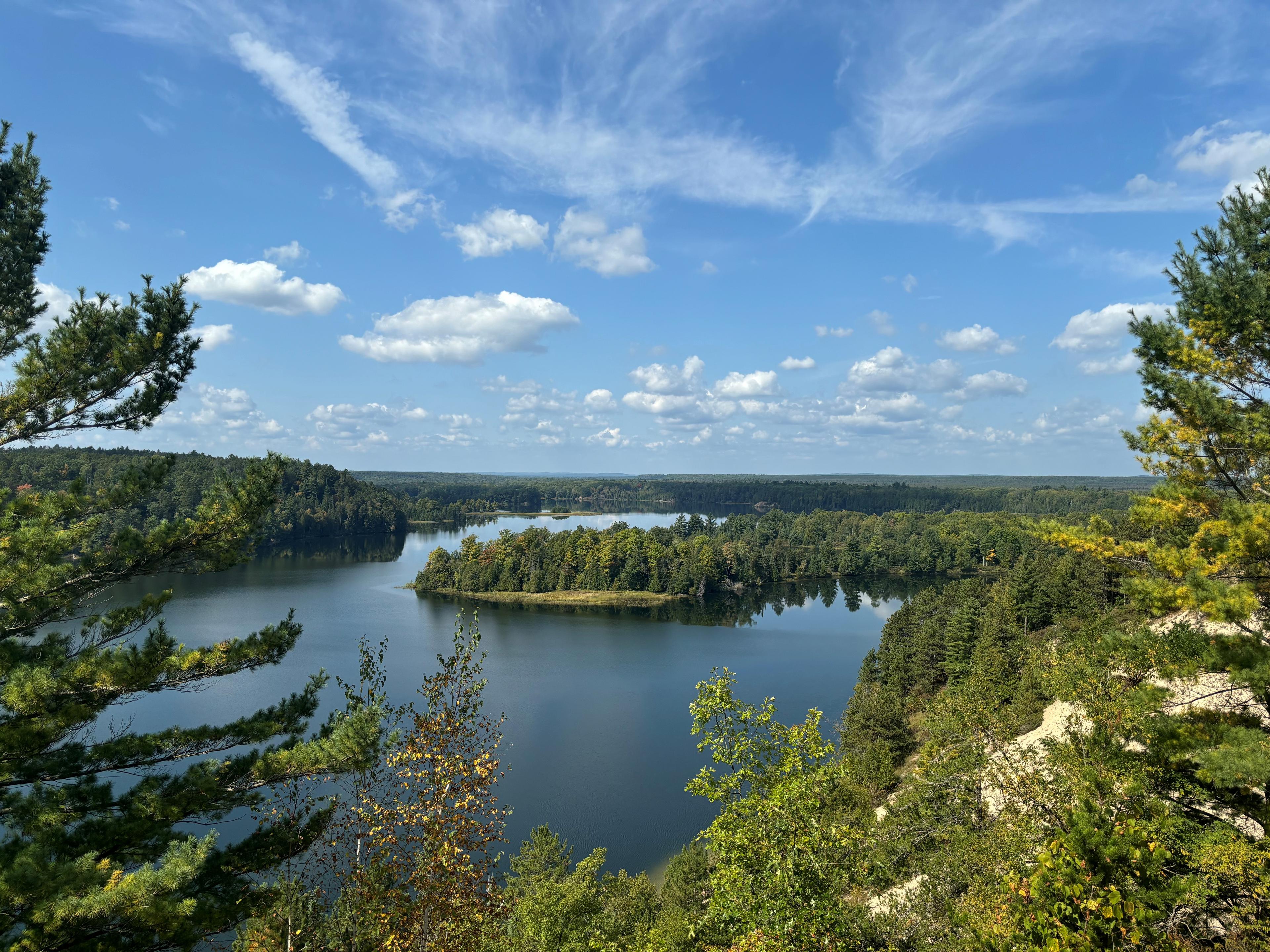Your Next Scavenger Hunt is Only an App Away
Brandon Burbank
| 3 min read

Now that fall is here, days will become a little cooler, a little shorter and a lot more colorful. As the weather changes, so do our outdoor activities. Some of us may choose to layer up and take in the scents of crisp autumn leaves, and others may begin gearing up to batten down the hatches, knowing that winter is just around the corner. But before we get too cozy and tune in to the fall lineup, maybe we can set our DVRs, head outside, and have one more adventure before the weather gets too cold.
I know what most of us are thinking – it’s easier said than done. An adventure takes time, planning and proper execution; we know this from watching any Indiana Jones movie. However, technology is now savvier than ever, allowing us to download apps right to our phone that are filled with things to get us moving such as biking, running and other fitness apps. One in particular that is worth checking out revolves around Geocaching.
Geocaching is the scavenger hunt a lot of us never had growing up; and the beauty of it is all you have to do is use a GPS enabled device (like your phone) to begin tracking down a cache (or a hidden container).
Caches can be large, medium, small or micro and can be in the form of anything (a bolt, birdhouse, rock, stump, etc). The point of geocaching is to not only get you physically moving, but to also give your brain a mental workout by trying to figure out where the cache is through (sometimes) hints and clues.
To get yourself on the way to discovering your first cache, here are some dos and don’ts to consider:
- Do – get familiar with acronyms and words associated with geocaching. Without this understanding, looking for a cache can be extremely confusing and could possibly land you in some trouble if you’re not able to identify any cautions that may come with that cache. For example, DNF stands for “did not find,” which may be useful to know if previous geocachers were unable to find the cache. Check out this glossary of terms.
- Don’t – ever dig for a cache. Caches are meant to be visible in plain sight; however this doesn’t mean they’re always easy to spot. Don’t be afraid to get on your hands and knees to search for a cache. I have found one that was magnetized under a guardrail – not the easiest thing to spot. Make sure to keep your eyes open and think creatively.
- Do – check the feed, or comments, left by other geocachers. If there is a continuous consensus that cachers DNF a cache, then it might be possible that the cache was tampered with or moved. However if you’re just having trouble finding it, be sure to check the date of the last comment who claims they found it – if it was fairly recent, chances are, it’s still there.
- Don’t – start out looking for a small or micro cache. Familiarize yourself with what geocaching is and how it is done by starting out with medium or large caches. It’s better to dip your toe into the geocaching pool rather than diving into a cache you weren’t prepared to discover. Remember to not get discouraged if you don’t find it – personally, it took me quite a few caches to find my first one because the only ones around me were micro.
For further education on geocaching, check out this Geocaching 101 guide to better acclimate yourself to this. Good luck and pleasant caching.
Photo credit: Cache Mania





